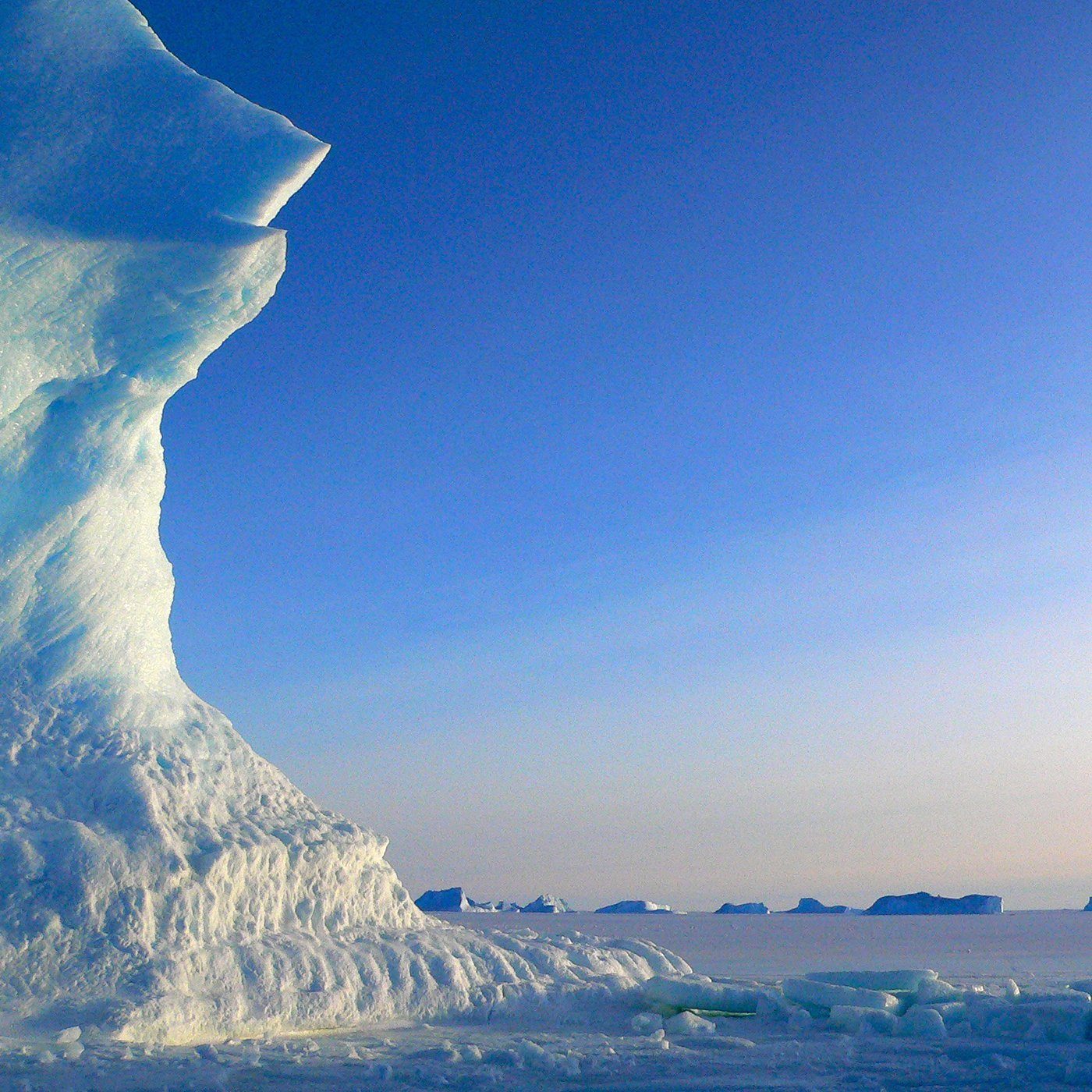Shop
Home Dec

Captain Nathaniel B. Palmer - Local Stonington Explorer Sights Antarctica in 1820
June 05, 2019 3 min read
Mystic Knotwork is located in Mystic Connecticut on the south coast of Connecticut nestled up on the Mystic River. A seafaring town rich in nautical history. When we aren’t tying knots, which is almost never, we delve into the history of our state and surrounding New England and in turn enjoy sharing these rich and fascinating threads of time.
I have been a sailor all my life, sailing up and down the U.S. east coast and Atlantic crossings in small sailboats. Most trips were during warmer weather although there was one short trip to Bermuda when it snowed...we slept in our down jackets.
But I never dreamed of traveling in a small boat to Antarctica at the South Pole.


In the early 1900’s there were many brave adventurers and explorers who ventured to the inhospitable, icy continent of Antarctica: James Clark, Amundsen, Robert Scott, Nobu Shirase, Shackleton, Hillary, Douglas Mawson and more. But 80 or so years before them was Nathaniel Palmer a seal hunter, boat captain, and ship designer, who lived adjacent to our Mystic in Stonington, Ct.
At the age of 21, Palmer captained a small sailboat and with his crew became the first American man to sight Antarctica. This was on November 18, 1820. Palmer was the first to formally document such a discovery. With George Powell, Palmer also discovered the nearby Orkney Islands Archipelago.

An excerpt from Connecticuthistory.org:
“On November 18, 1820, Nathaniel Brown Palmer of Stonington, Connecticut, discovered the mainland of Antarctica, one of the seven continents. At 21, Palmer was an experienced sealer and the captain of the sloop Hero, part of a fleet of Stonington sealers. Stonington’s brisk trade in fur seal skins and seal oil made it a leading sealing port of the time.
In 1819, Palmer had been the second mate to Captain James Sheffield on board the brig Hersila, which had returned profitably to Stonington with 8,868 fur seal skins. Many of the traditional sealing locations off the coasts of South America and the Falkland Islands had already been depleted pushing the fleets farther south in search of new rookeries. When the fleet of seven Stonington vessels returned to the area of Hersila’s previous success, the South Shetland Islands, they found its seal population decimated.
Palmer’s experience with the area, and the size of the small sloop Hero, made him the ideal candidate to search for new rookeries. The Hero served as a tender, or supply ship, to the other vessels. It had a shallow draft of only 6 feet 9 inches, a length of 47 feet 3 inches, and a crew of 5 men. It was while searching for these rookeries that Palmer sighted land at Orleans Channel. To honor the Stonington captain’s accomplishment, Palmer Land, part of the Antarctic Peninsula, and the Palmer Archipelago bear his name. Although Palmer is not the only seafarer to earn credit for Antarctica’s discovery, his feat also bears witness to the wide-ranging territory covered by Connecticut’s seal trade.”

You can visit 'Captain Nat’s' house & museum in Stonington, CT., the Captain Nathaniel B. Palmer House. It was designated a National Historic Landmark in 1996 and is the headquarters of the Stonington Historical Society. Included in the museum is a model of his small 47 ft. sloop Hero and many more details about this ship building family in the mid 19th century.

Fast forward to 2019. Feeling adventurous? Maybe an expedition cruise to Antarctica? Our friends at IAATO, (we tied some key chains and lanyards for their organization), the International Association of Antarctica Tour Operators, are dedicated to facilitating appropriate, safe and environmentally sound private-sector travel to the Antarctic. Due to their efforts many, travelers, scientists and photographers have been able to tour the area responsibly while protecting the environment.

Incredible wildlife watching, penguins, seals, seabirds, whales and a while back a new species of killer whale was discovered. Tourist's photographs recorded this much smaller killer whale and helped facilitate its discovery. With your guides you can cruise the inlets and bays surrounded by beautiful mountains and incredible icebergs landscapes. Or your expedition could include hiking and opportunities for wildlife photography on land. You can learn more about IAATO and their detailed travel guidelines at www.iaato.org

Now I am dreaming of a cruise to Antarctica.
Thank you for reading our blog. I am a new addition at Mystic Knotwork and delighted to be part of their creative team. I hope to keep everything interesting with knotty nautical news and stories through our newsletters and monthly blogs.
Sue Waterman
Leave a comment
Comments will be approved before showing up.




